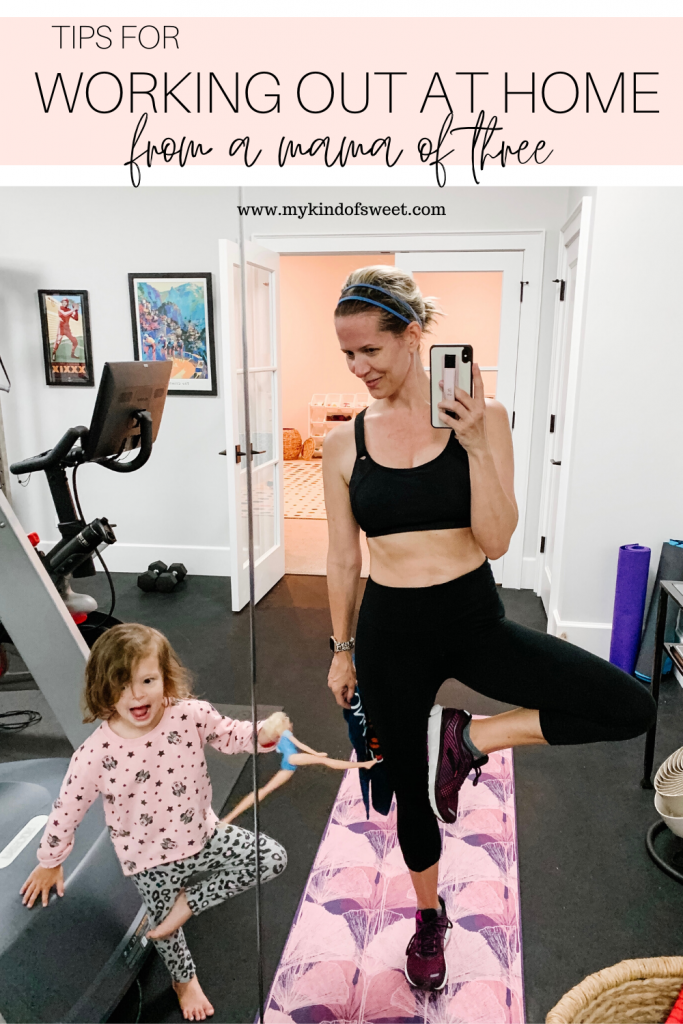
Fitness for men encompasses many different topics, including nutrition, exercise, mental health, and sexual health. Physiologically, men are more vulnerable to injury than women are. They are also more likely to get cardiovascular disease. This is why aerobic exercise is so important. Although these types of activities are not as fun for men, they can help decrease the risk of erectile disorder and other ailments. By following a regimen of regular exercise, men can maintain an active lifestyle and reduce their risk of developing cardiovascular diseases, as well as prevent other issues.
Men are spending less time exercising and playing sports in today's society. These factors have led to a decline in men's overall health. Research shows that the average American male is now overweight and inactive. Men are becoming less active and more obese due to a shift to processed foods and a sedentary life style. One reason for men's weight gain is the fact that they don't have as much time to exercise. This is why some men are turning to fitness magazines and health magazines to counter this trend.

The main goal of men's fitness is to lose weight, build muscle, and improve overall health. However, men vary in their physical fitness, and what works for a middle-aged man may not be the best choice for an older man who is out of shape. There are many levels that can be done moderately and suit different men. No matter what age you are or how fit you are, there is a workout program to suit your needs.
Men's health magazines offer something for everyone, whether you want an easy-to-follow exercise routine or the latest techniques for building lean muscle. These magazines have everything you need for staying fit and healthy. They provide everything you need to stay fit and healthy, including high-protein recipes as well as workouts. They also have topics on sex and wisdom for guys. It is possible to be sure that the information received will benefit your overall health.
There are many benefits of a proper fitness routine. Exercise can help maintain a healthy body and weight. It is vital to maintain a positive mindset. A positive outlook will help you feel better, and make you healthier. These benefits go beyond improving your physical fitness. The authors of this book believe that physical fitness is an essential part of a man's health. This comprehensive guide is a result of extensive research by the authors.

It is important to be a healthy man. A fit man will have an ideal body. A healthy heart is indicated by a well-developed stomach. A healthy waist is a sign of a strong body. A toned, well-toned body won't look weak or tired. Strong pelvic floor is beneficial for both mental and physical health. Although men and women may have different physical characteristics than women, they can still benefit from the same training methods.
FAQ
How does an anti-biotic work?
Antibiotics are drugs that destroy harmful bacteria. Antibiotics can be used to treat bacterial infection. There are many types of antibiotics. Some are administered topically, while others can be taken orally.
Antibiotics are often prescribed to people who have been exposed to certain germs. To prevent shingles, an oral antibiotic may be prescribed to someone who has had chicken pox. An injection of penicillin may be necessary to prevent pneumonia if someone has strep.
A doctor should give antibiotics to children. Children are more likely to experience side effects than adults from antibiotics.
Diarrhea being the most common side effect of antibiotics. Other possible side effects include stomach cramps, nausea, vomiting, allergic reactions, headaches, dizziness, and rashes. These side effects usually disappear once treatment has ended.
What is the difference in a virus and bacteria?
A virus is a microscopic organism which cannot reproduce outside of its host cell. A bacterium is an organism that splits itself in two. Viruses measure only 20 nanometers in diameter, but bacteria is up to 1 millimeter in size.
Viruses can be spread by contact with bodily fluids containing infected substances, such as saliva, urine and semen. Bacteria can easily be spread from direct contact to contaminated surfaces and objects.
Viruses can enter our bodies through cuts, scrapes, bites, or other breaks in the skin. They can also be transmitted through the eyes, nose, mouth, ears, rectum, and anus.
Bacteria can enter our bodies through wounds, cuts, scrapes, burns, insect stings, or other breaks in our skin. They may also come into our bodies through food, water, air, soil, dust, or animals.
Both bacteria as well as viruses can cause illness. However, viruses cannot reproduce within their hosts. They can only infect living cells and cause illness.
Bacteria can cause illness by multiplying in the body. They can invade other areas of the body. We need antibiotics to get rid of them.
What is the best way to live a healthy lifestyle?
The healthiest lifestyle to live is one where you eat healthy food, exercise regularly, sleep well, and avoid stress. These guidelines will help you live a long, healthy life.
Small changes to your diet or exercise routine can help you start losing weight. Try walking for 30 minutes each day to lose weight. Or, if you want to get more active, take up swimming or dancing. You could also sign up to an online fitness platform like Strava, which tracks your activity.
What are 10 healthy habits you can adopt?
-
Have breakfast every day.
-
Don't skip meals.
-
Maintain a balanced diet.
-
Drink plenty of water
-
Take care your body.
-
Get enough rest.
-
Stay away from junk foods.
-
Daily exercise
-
Have fun
-
Find new friends
Statistics
- This article received 11 testimonials and 86% of readers who voted found it helpful, earning it our reader-approved status. (wikihow.com)
- WHO recommends consuming less than 5% of total energy intake for additional health benefits. (who.int)
- In both adults and children, the intake of free sugars should be reduced to less than 10% of total energy intake. (who.int)
- According to the 2020 Dietary Guidelines for Americans, a balanced diet high in fruits and vegetables, lean protein, low-fat dairy and whole grains is needed for optimal energy. (mayoclinichealthsystem.org)
External Links
How To
What does the "vitamins” word mean?
Vitamins are organic compounds naturally found in food. Vitamins aid us in absorbing nutrients from the food we eat. Vitamins cannot come from the body so food must provide them.
There are two types if vitamins: water soluble, and fat soluble. Water-soluble vitamins dissolve easily when they are dissolved in water. Vitamin C,B1(thiamine), B2 (2riboflavin), and B3 (3niacin), as well as vitamin C,B1, B2 (riboflavin), and B3 (niacin), vitamin B6 (pyridoxine), vitamin folic acid (biotin), pantothenic, and choline are examples. The liver and fatty tissues are home to fat-soluble vitamins. Examples include vitamin D, E, K, A, and beta carotene.
Vitamins are classified according to their biological activity. There are eight major types of vitamins:
-
A - Essential for healthy growth and health maintenance.
-
C - essential for nerve function and energy generation.
-
D - Vital for healthy bones and teeth
-
E is necessary for good vision, reproduction.
-
K - Required for healthy nerves and muscles.
-
P - Vital for strong bones and teeth.
-
Q - Aids in digestion and absorption.
-
R – Required for the formation of red blood vessels.
The recommended daily allowance (RDA) of vitamins varies depending on age, gender, and physical condition. The U.S. Food and Drug Administration (FDA) sets the RDA values.
For adults 19 years and over, the RDA of vitamin A is 400mg per day. Pregnant mothers need 600 micrograms per days because it is vital for the development and growth of their baby. Children ages 1-8 require 900 micrograms per day. Infants below one year old require 700mg per day. But, between 9 months to 12 months, the amount drops to 500mg per day.
Children between the ages of 1-18 need 800 micrograms per daily for obesity, while children overweight require 1000 micrograms. Children underweight or obese will need 1200 mg per day.
Children aged 4-8 years old who have been diagnosed as having anemia require 2200 micrograms of vitamin C per day.
Adults over 50 years of age need 2000 micrograms per day for general health. Women who are pregnant or breastfeeding need 3000 micrograms per day due to increased nutrient requirements.
1500 micrograms are required daily by adults over 70 because they lose approximately 10% of their muscle each decade.
Women who are pregnant or nursing need more than the RDA. Pregnant and breastfeeding women require 4000 micrograms each day during pregnancy and 2500 Micrograms each day after delivery. Breastfeeding mothers need 5000 mg per day when breastmilk is being produced.